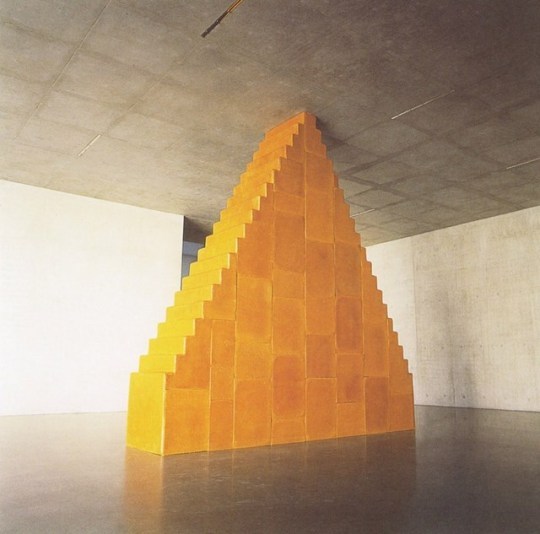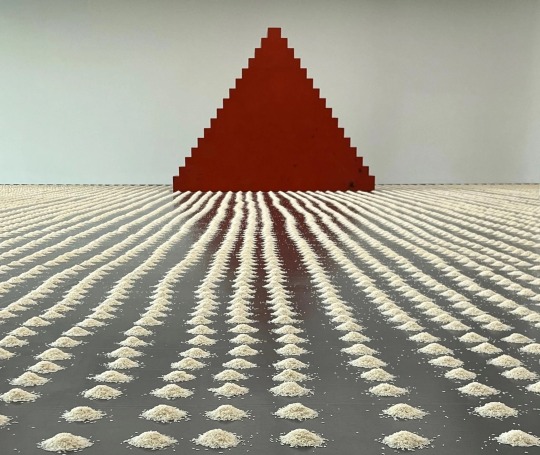#Wolfgang Laib
Text
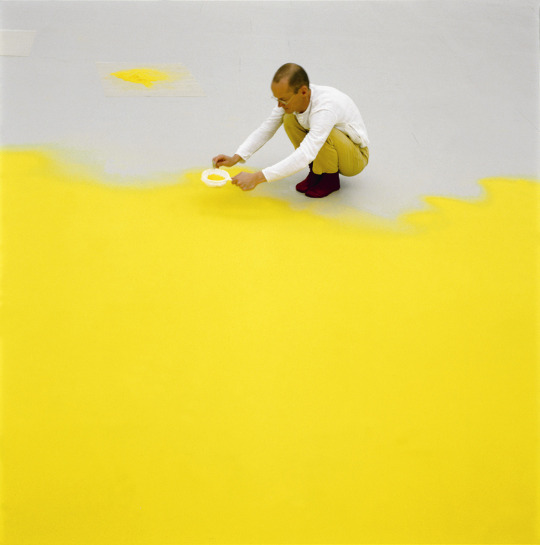
Wolfgang Laib "Pollen from Hazelnut"
14 notes
·
View notes
Text
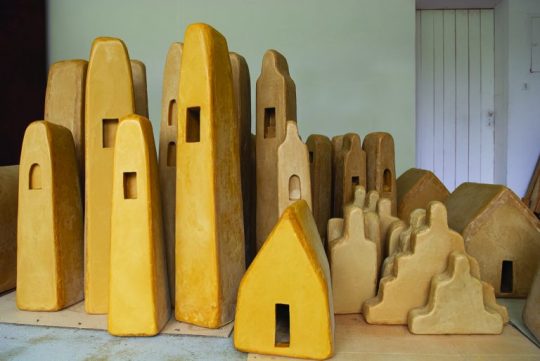
Wolfgang Laib, groupe de sculptures en cire d’abeille, 2022 Photo Wolfgang Laib
8 notes
·
View notes
Photo
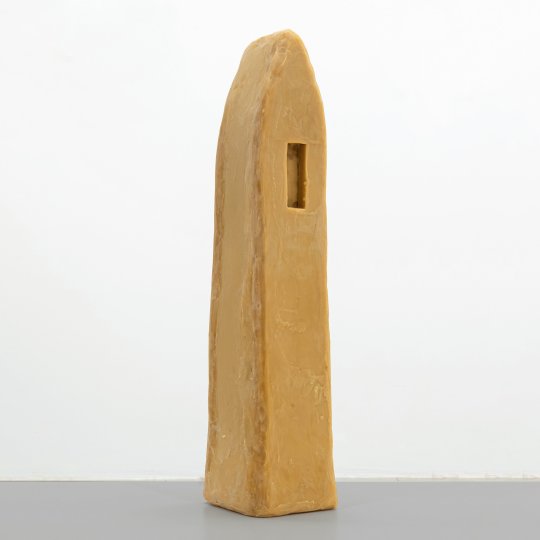
Wolfgang Laib
Tower of Silence, 2019
beeswax
75 × 15 × 15 cm | 29.5 × 5.9 × 5.9 in
117 notes
·
View notes
Text
instagram
Wolfgang Laib (German, b. 1950)
6 notes
·
View notes
Text
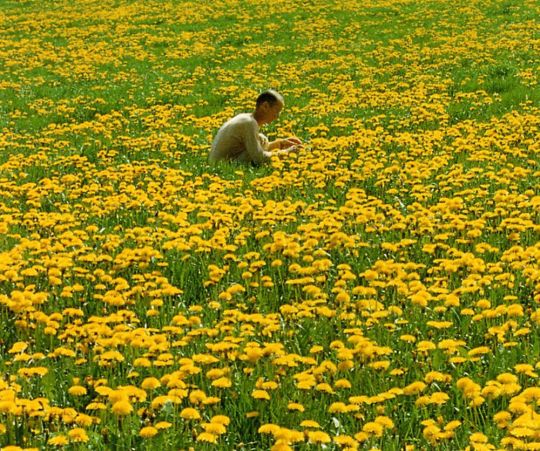
Wolfgang Laib, collecting pollen (since 1977)
16 notes
·
View notes
Text
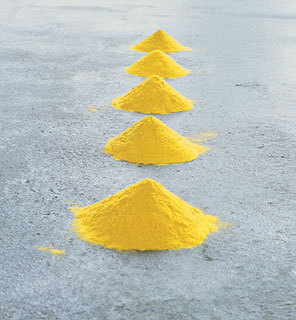

Wolfgang Laib
10 notes
·
View notes
Photo

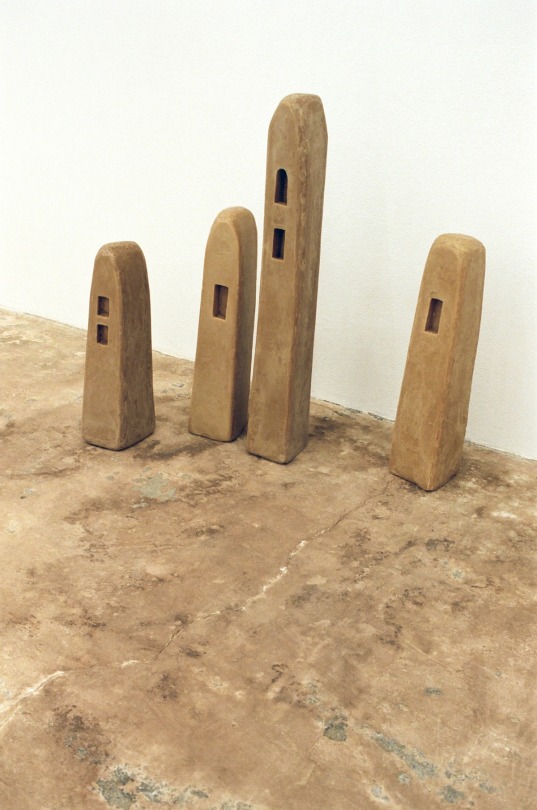
Wolfgang Laib at Konrad Fischer
26 notes
·
View notes
Text
Il Contorsionista - Entity N° 16001
Tecnica mista su comunicato stampa della mostra di Wolfgang Laib “…e vidi cose che ridire né sa né puo …” presso la galleria Lia Rumma a Milano (29,7 x 21 cm)

View On WordPress
#arte contemporanea#biennale#contorsionista#dante#inaugurazione#lia rumma#outsider#paradiso#wolfgang laib
2 notes
·
View notes
Text

Sem título, 2015
Wolfgang Laib
foto de Roman März (vista da instalação na galeria Bauchmann, Berlim/Lugano)
#wolfgang laib#pollen#2015#no title#berlin#lugano#instalation#instalation art#laib#art#contemporanea#arte contemporanea#contemporary art
3 notes
·
View notes
Text
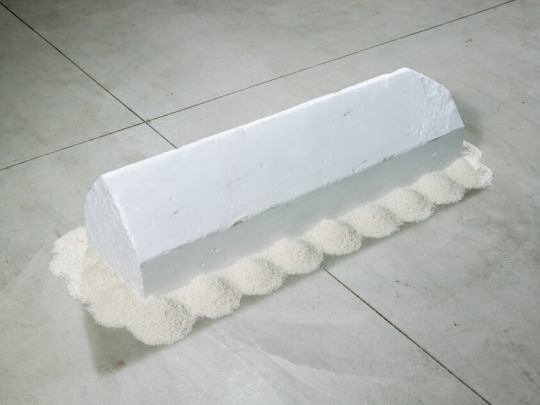
Wolfgang Laib, Rice House, 2001. Marble with rice.
5 notes
·
View notes
Photo






Je reviens à mon projet de présenter la plupart de mes 54110 photos (nouveau compte )
2014. Lille, le Musée des Beaux-Arts.
- Antony Gormley : “Home and the World" ; Wolfgang Laib : “Passageway inside downside”
- Wolfgang Laib : “Ziggurat” (au fond) et “Passageway inside downside”
- id et Antony Gormley : “Rise”
- les 2 suivantes : Jan Fabre (œuvre faite avec des élytres de coléoptères)
- l’arrière du bâtiment
#souvenirs#lille#musée des beaux-arts#art contemporain#antony gormley#égypte#wolfgang laib#jan fabre#élytre#coléoptère
12 notes
·
View notes
Text
I wanted to know more about Wolfgang Laib's work and I found a great article here. I think they nailed what I was feeling in this paragraph:
In its execution, however, Laib’s work strays far from minimalist ideology. A key difference can be found in his approach to the actual fabrication of the art. Minimalist sculpture deals with an intellectual investigation of space. It asks questions about how the work, viewer, and environment all interact and influence one another. It’s about ideas. Once the concept has been determined, the making of the artwork can easily be passed on to assistants. The role of the minimalist artist is to discover those forms that can best illustrate a doctrine, not necessarily being responsible for the object’s construction. Laib, on the other hand, insists on collecting each grain of pollen with his own hands. This approach can seem almost clinical at first, with the storing of materials in labeled jars, but the end result is a sense of awe and reverence which is palpable for viewers. His work never becomes a cold investigation of space or form; it retains something spiritual.
I think because I have worked in mixed media my whole life seeing these incredibly pure materials is very striking. I love conceptual art, which often has complicated stories and themes, and I love this, too, which has a one-word story: pollen.
3 notes
·
View notes
Text
instagram
"For me, the feeling of being able to overcome time is very beautiful. I believe that truly important art is timeless" — Wolfgang Laib
Currently on view at Villa and Collezione Panza in Varese, Italy, Wolfgang Laib’s ‘Passageway’ presents four large installations, one of which was created specifically for the occasion.
Since the 1970s, Laib has rooted his practice in a constant and inseparable exchange with natural elements, employing simple, yet highly symbolic, organic materials that are usually associated with sustenance, such as pollen, milk, beeswax and rice. His formal vocabulary is based on geometrical forms, such as rectangles, circles, pyramids or cones; only a few alterations transform these into stylised, archetypal motifs of houses, mountains, boats or stairs.
2 notes
·
View notes
Text

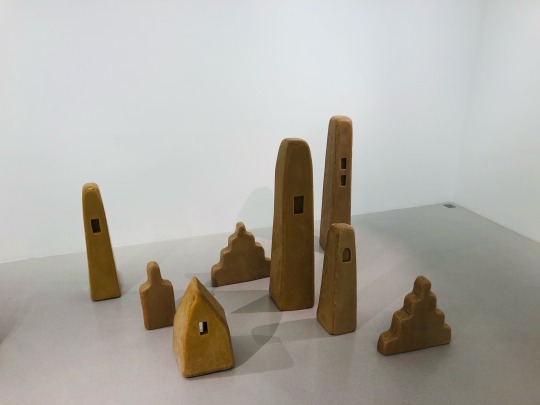
Wolfgang Laib @ Ropac
2 notes
·
View notes
